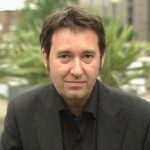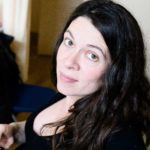Link to Pubmed [PMID] – 21328568
Autism Res 2011 Feb;4(1):5-16
Autism spectrum disorders (ASD) are characterized by impairments in reciprocal social communication, and stereotyped verbal and nonverbal behaviors. In approximately 10-25% of the affected individuals, a genetic mutation associated with the condition can be identified. Recently, mutations altering synapse formation, cellular/synaptic growth rate and regulation of excitatory and inhibitory currents were identified in patients with intellectual disability, typical autism, Asperger syndrome or neurological syndromes associated with autistic traits. Following these genetic findings, mouse models carrying mutations similar to those identified in patients have been generated. These models offer the opportunity to investigate in vivo the physiological and behavioral consequences of the mutations. Here, we review the existing data on the phenotypes of mice carrying mutations in genes associated with ASD including neuroligin, neurexin and Shank mutant mice as well as the Fmr1, Mecp2, Ube3a, Nf1, Pten and Tsc1/Tsc2 mutant mice. The diversity and complexity of the phenotype of these mouse models reflect the broad range of phenotypes observed in patients with ASD. Remarkably, results from therapeutic approaches (e.g., modulation of gene expression, administration of pharmacological and nonpharmacological substances, enriched environment) are encouraging since some behavioral alterations could be reversed even when treatment was performed on adult mice. These ongoing studies should therefore increase our understanding of the biological alterations associated with ASD as well as the development of knowledge-based treatments.


